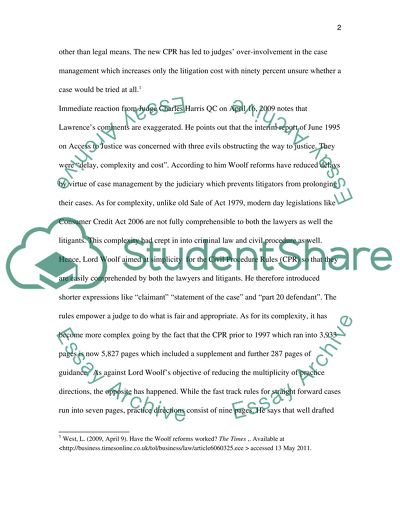Cite this document
(“Alternative Dispute Resolution (ADR) We have now had ten years of the Essay”, n.d.)
Retrieved from https://studentshare.org/environmental-studies/1420342-alternative-dispute-resolution-adr-ypwe-have-now
Retrieved from https://studentshare.org/environmental-studies/1420342-alternative-dispute-resolution-adr-ypwe-have-now
(Alternative Dispute Resolution (ADR) We Have Now Had Ten Years of the Essay)
https://studentshare.org/environmental-studies/1420342-alternative-dispute-resolution-adr-ypwe-have-now.
https://studentshare.org/environmental-studies/1420342-alternative-dispute-resolution-adr-ypwe-have-now.
“Alternative Dispute Resolution (ADR) We Have Now Had Ten Years of the Essay”, n.d. https://studentshare.org/environmental-studies/1420342-alternative-dispute-resolution-adr-ypwe-have-now.


